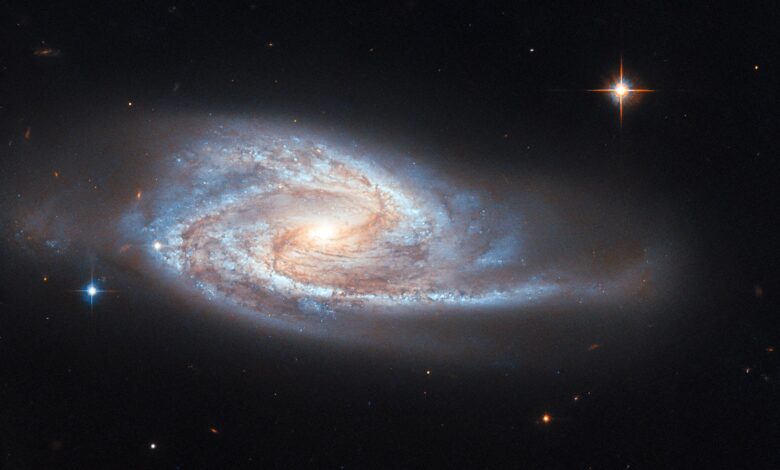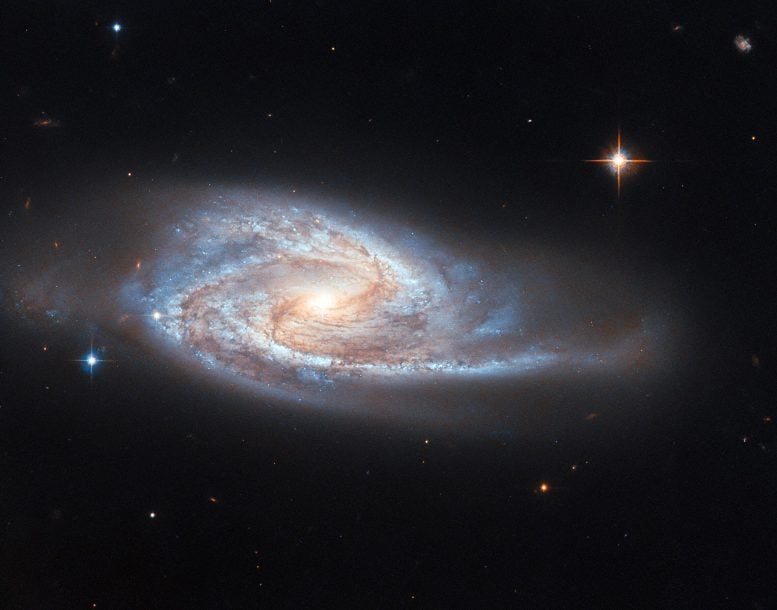Hubble Reveals Supermassive Secret of Nearby Galaxy


UGC 3478, featured in this Hubble Space Telescope image, is a Seyfert galaxy characterized by its bright active galactic nucleus containing a supermassive black hole.
Located relatively close at 128 million light-years, its emitted X-rays and the surrounding galaxy’s structure offer crucial data on galactic dynamics.
Cosmic Marvels: Spotlight on UGC 3478
Looking past its long spiral arms filled with stars and the dark threads of dust crossing it, your eye might be caught by the shining point at the center of UGC 3478, the spiral galaxy starring in this Hubble Space Telescope image. This point is the galaxy’s nucleus, and indeed there is something special about it: it is a growing giant black hole that astronomers call an active galactic nucleus, or AGN.
Core Secrets: The Active Galactic Nucleus
UGC 3478, located in the constellation Camelopardalis, is what is known as a Seyfert galaxy. This is a type of galaxy with an AGN at its core. Like all such “active galaxies,” the brightness that you see here hides a supermassive black hole at the center of the galaxy. A disc of gas spirals into this black hole, and as the material crashes together and heats up it emits very strong radiation.
The spectrum of this radiation includes hard X-ray emission, which clearly mark it out from the stars in the galaxy. Despite the strong brightness of the compact central region, we can still clearly see the disc of the galaxy around it, which makes the galaxy a Seyfert galaxy.
A Close-Up View: Observing Nearby Galaxies
Many active galaxies are known to astronomers at vast distances from Earth, thanks to the great brightness of their nuclei highlighting them next to other, dimmer galaxies. At 128 million light-years from Earth, UGC 3478 is positively neighborly to us. The data used to make this image comes from a Hubble survey of nearby powerful AGNs found in relatively high-energy X-rays, like this one, which it is hoped can help astronomers understand how the galaxies interact with the supermassive black holes at their hearts.
Source link



